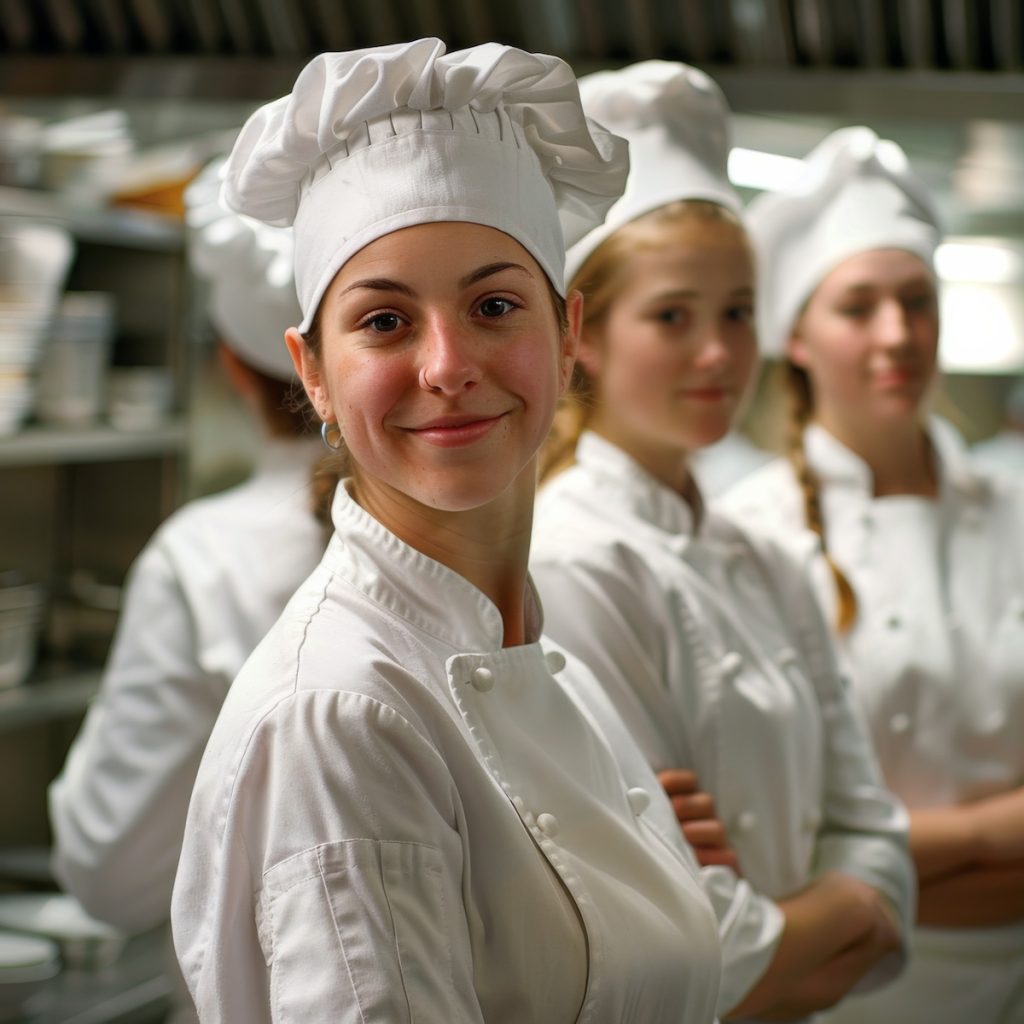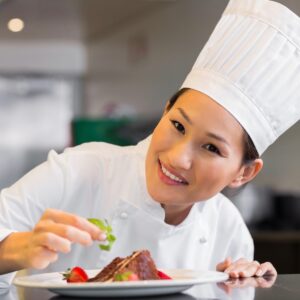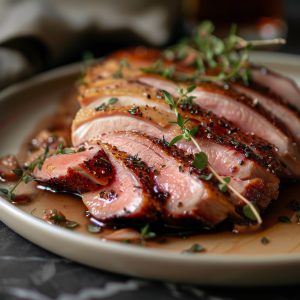What Chef Uniform, Knife, and Books Do I Need To Start Culinary School?
In addition to culinary school costs like tuition and room and board, most students have to come equipped with a few key kitchen essentials when they walk through the doors for the first time. Like any college-level or vocational training, culinary school comes with its own list of requirements. In some cases, the school will provide these materials; in others, you will be given a list of items and textbooks you’ll need to purchase.
Knives
Knife Set: A quality knife set is essential for any aspiring chef, as knives are the primary tools for food preparation. Each type of knife serves a specific purpose, from chopping and slicing to precise cutting and boning, allowing students to execute various culinary techniques precisely and efficiently.
Knife Sharpening Tools: Keeping knives sharp is crucial for safety and optimal performance in the kitchen. Honing steel and whetstone or knife sharpener ensures that blades remain sharp, facilitating smooth and controlled cutting while reducing the risk of accidents.
Comfortable Shoes
Kitchen shoes, often with non-slip soles and comfortable support, are crucial for ensuring safety and comfort during long hours on your feet in the kitchen’s fast-paced and potentially hazardous environment.
Uniform/Hat
Chef’s Uniform: The chef’s uniform, including the coat, pants, hat (toque), and non-slip kitchen shoes, not only creates a professional appearance but also provides necessary protection in the kitchen environment, such as shielding against spills and heat.
Thermometer
Thermometers: Thermometers are essential tools for monitoring food temperatures and ensuring food safety. An instant-read thermometer provides quick and accurate readings, while a candy thermometer is necessary for precise temperature control when working with sugar or deep-frying.
Textbooks/Cookbooks
Although you’ll probably do a lot more hands-on training than book learning, you will still find that some reading materials are required. As is the case with uniforms, these may need to be purchased through the school.
Student materials tend to be well-used and well-worn by the time you graduate, so put some time and effort into choosing the right ones for you. You can buy inexpensive materials now and expect to replace them upon graduation, or you can splurge for higher-level materials now in hopes that they will carry you through culinary school and into your first years as a professional cook or chef.
Either way, you can expect only to be as good as the tools you work with, so be sure to research before you buy.
School Provided (Hopefully)
Cutting Board: A durable cutting board provides a stable surface for chopping, slicing, and mincing ingredients. It protects countertops from damage and prevents cross-contamination by providing separate surfaces for different types of food, such as meats, vegetables, and fruits.
Kitchen Tools: Essential kitchen tools such as spatulas, tongs, ladles, slotted spoons, and whisks are indispensable for various cooking tasks, including flipping, stirring, serving, and whisking. These versatile tools enable students to perform various culinary techniques easily and precisely.
Cookware: Basic cookware, including saucepans, frying pans, sauté pans, and stockpots, is essential for cooking various dishes, from sauces and stir-fries to soups and stews. Durable and heat-conductive materials ensure even cooking and efficient heat distribution, resulting in delicious and well-prepared meals.
Baking Sheet: A baking sheet, also known as a sheet pan or baking tray, is a versatile tool used for baking, roasting, and broiling a wide range of foods, including cookies, vegetables, and meats. Its flat surface and raised edges make it ideal for containing ingredients and capturing juices or drippings during cooking.
Kitchen Scale: A kitchen scale is indispensable for measuring ingredients by weight, ensuring recipe accuracy and consistency. It allows students to follow recipes precisely and achieve the desired results in their culinary creations.
Mixing Bowl: Mixing bowls in assorted sizes are essential for combining ingredients, mixing batters, and preparing recipes. Their versatile design suits them for various culinary tasks, from whisking sauces to tossing salads.
Measuring Tools: Liquid and dry measuring cups and spoons are essential for accurately measuring ingredients in both liquid and dry forms. These tools ensure precise ingredient quantities, which is crucial for achieving consistent results in cooking and baking.
Food Storage Containers: Food storage containers are necessary for safely and efficiently storing ingredients and leftovers. They help maintain food freshness, prevent cross-contamination, and organize ingredients for easy access during meal preparation.
Each item plays a vital role in a culinary student’s education, equipping them with the tools they need to develop their skills and pursue their passion for cooking.
















2 Responses
Hi
I am very long time experienced chef I am working at Klaserie Sands River Camp as a Head Chef and Food and Beverage Manager,I want to open my Culinary school in my location in South Africa
I need some equipment, how will going to help?
Kind Regards
Steven
Hie Steven
Did you manage to open your culinary school yet? I would please if you did can you help out with a model I would love to open one for my location in Zimbabwe as well.